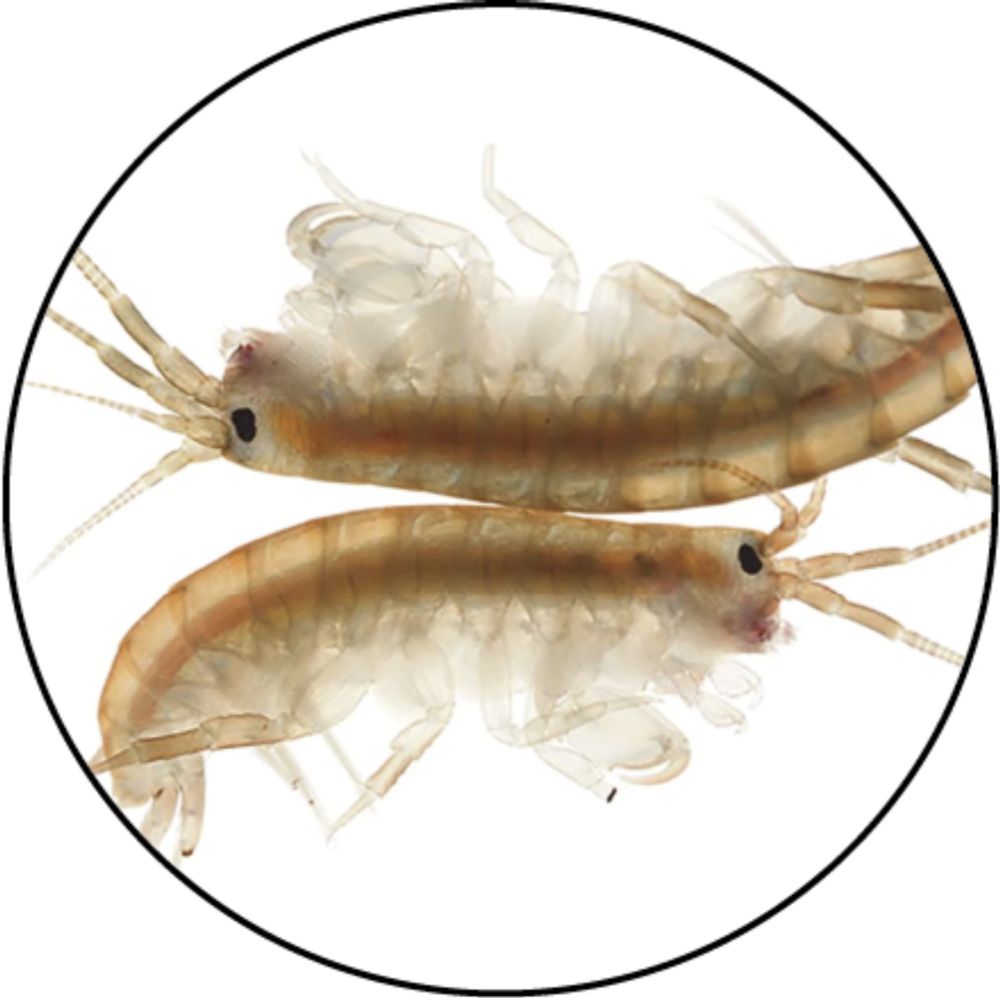




You are looking at embryos of a sea squirt. Each of the 'soap bubbles' is a living cell, about a fourtieth of a millimetre in size. The outlines of the cells are visible thanks to fluorescent markers identified by Hitoyoshi Yasuo @hitoyas.bsky.social
see doi.org/10.1101/2024... 🧵

You are looking at embryos of a sea squirt. Each of the 'soap bubbles' is a living cell, about a fourtieth of a millimetre in size. The outlines of the cells are visible thanks to fluorescent markers identified by Hitoyoshi Yasuo @hitoyas.bsky.social
see doi.org/10.1101/2024... 🧵
Check our latest preprint

Check our latest preprint
Artificial Intelligence is algorithmic mimicry: why artificial “agents” are not (and won’t be) proper agents
arxiv.org/pdf/2307.07515
Artificial Intelligence is algorithmic mimicry: why artificial “agents” are not (and won’t be) proper agents
arxiv.org/pdf/2307.07515
apply here: www.averof-lab.org/pages/tracman
1/3
apply here: www.averof-lab.org/pages/tracman
1/3



(London Review of Books, April 1982)

(London Review of Books, April 1982)
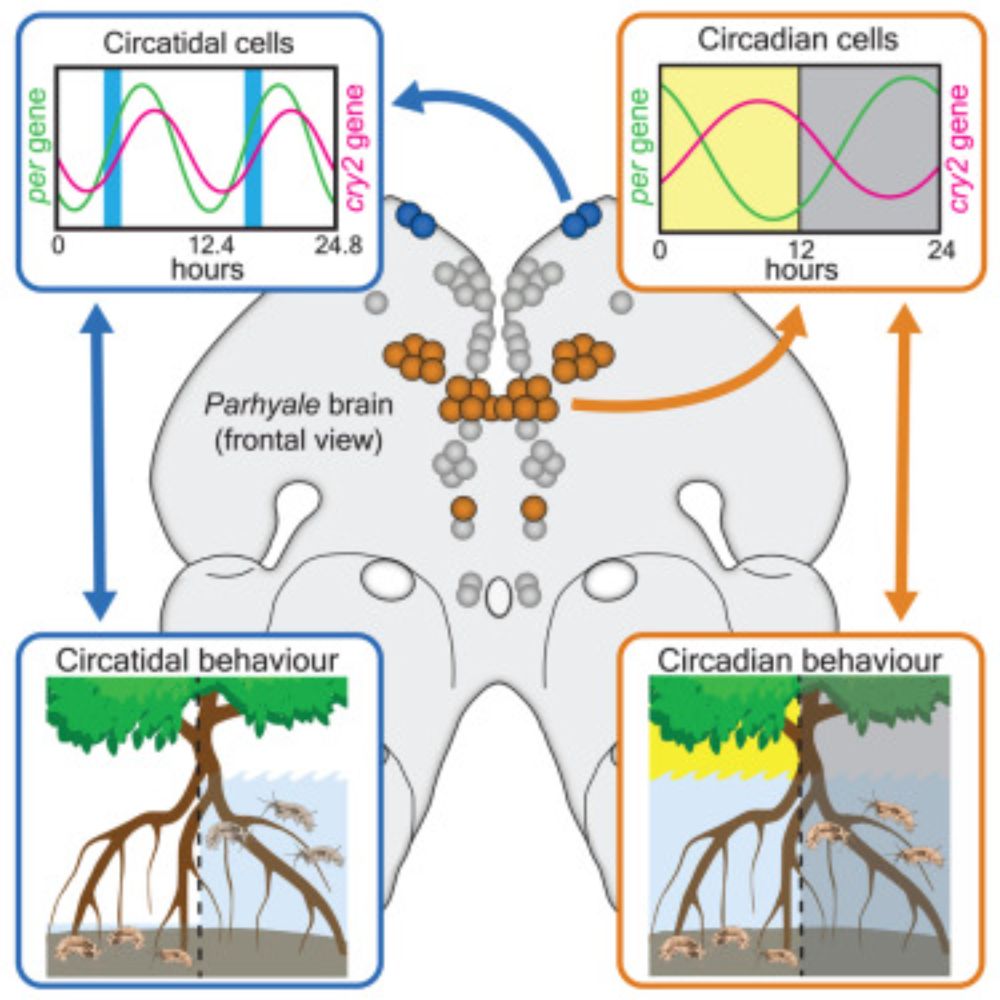
[movie accelerated 3x; animal 0.5 to 1 mm in size]
[movie accelerated 3x; animal 0.5 to 1 mm in size]
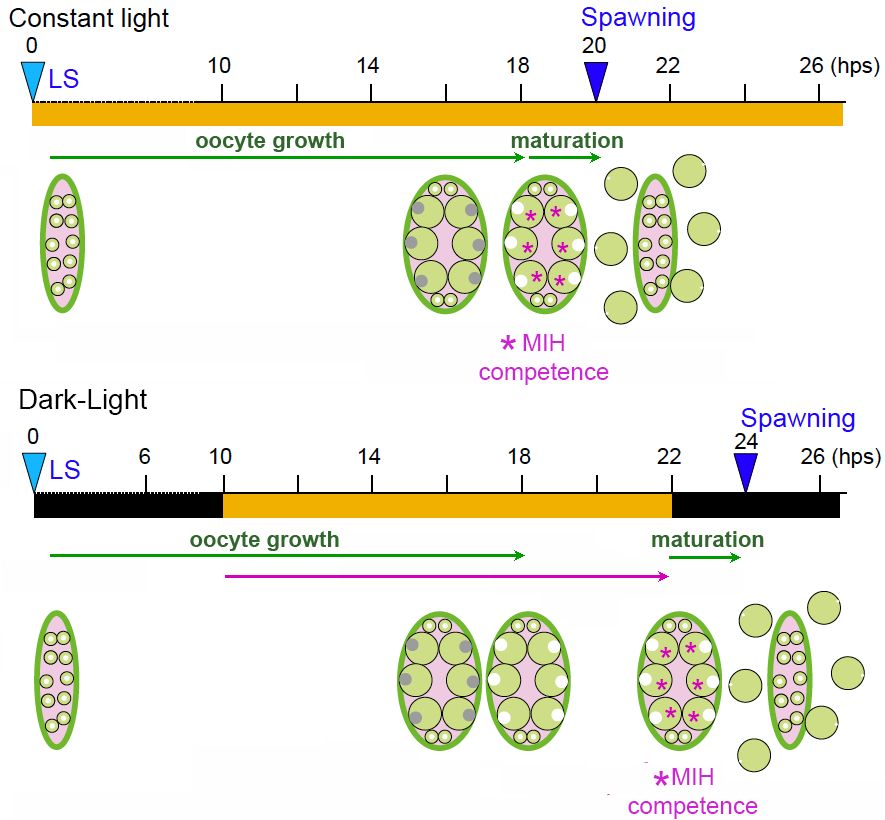

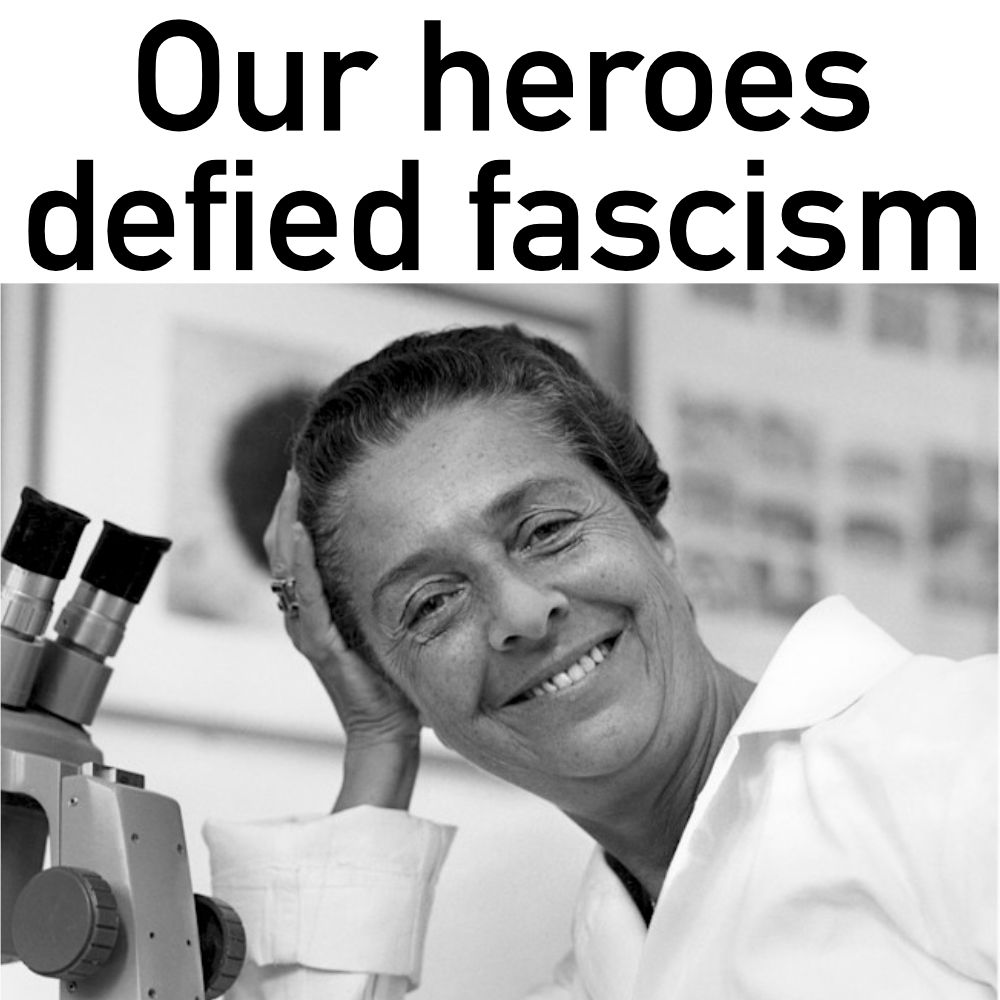
www.averof-lab.org/pages/3560

www.averof-lab.org/pages/3560
nautil.us/a-lab-of-her...
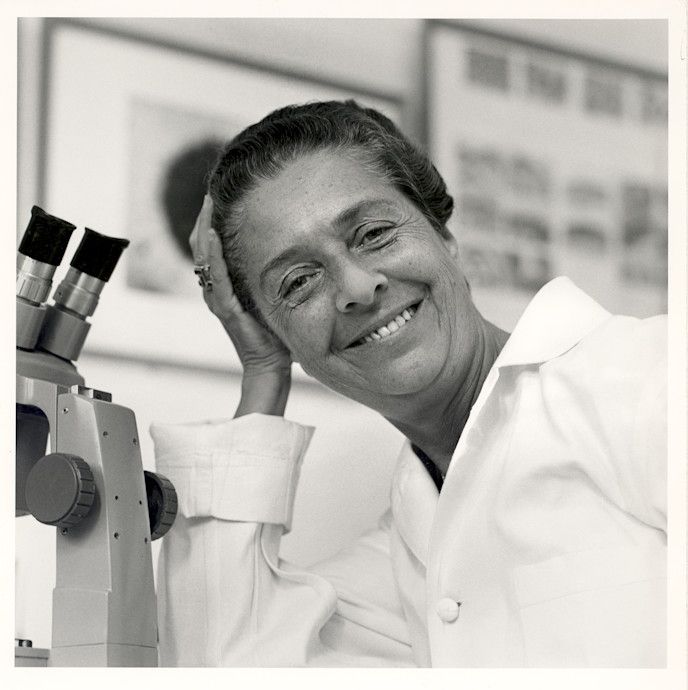
nautil.us/a-lab-of-her...
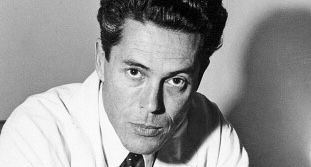
www.biorxiv.org/content/10.1...

www.biorxiv.org/content/10.1...
vimeo.com/802413847
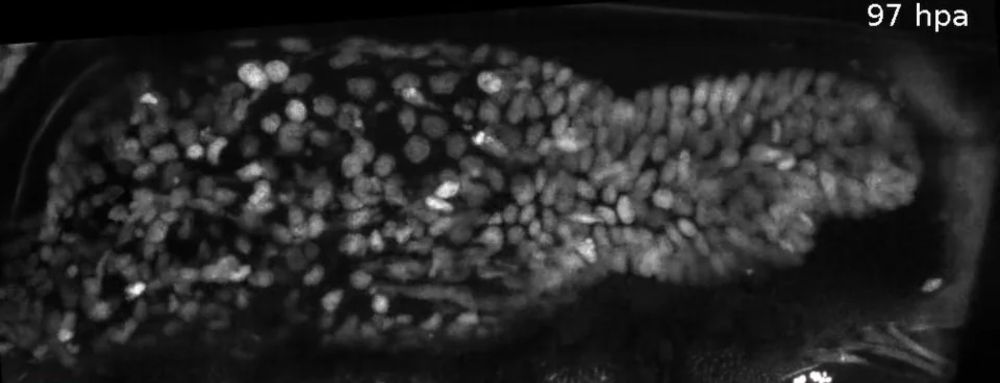
vimeo.com/802413847

www.nature.com/articles/d41...

www.nature.com/articles/d41...




